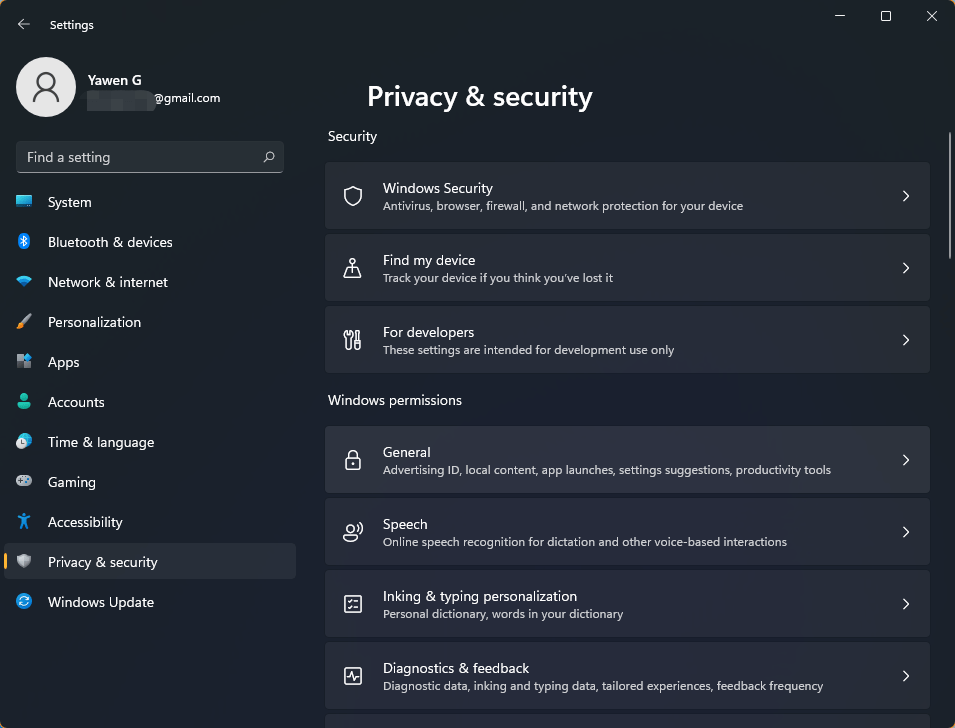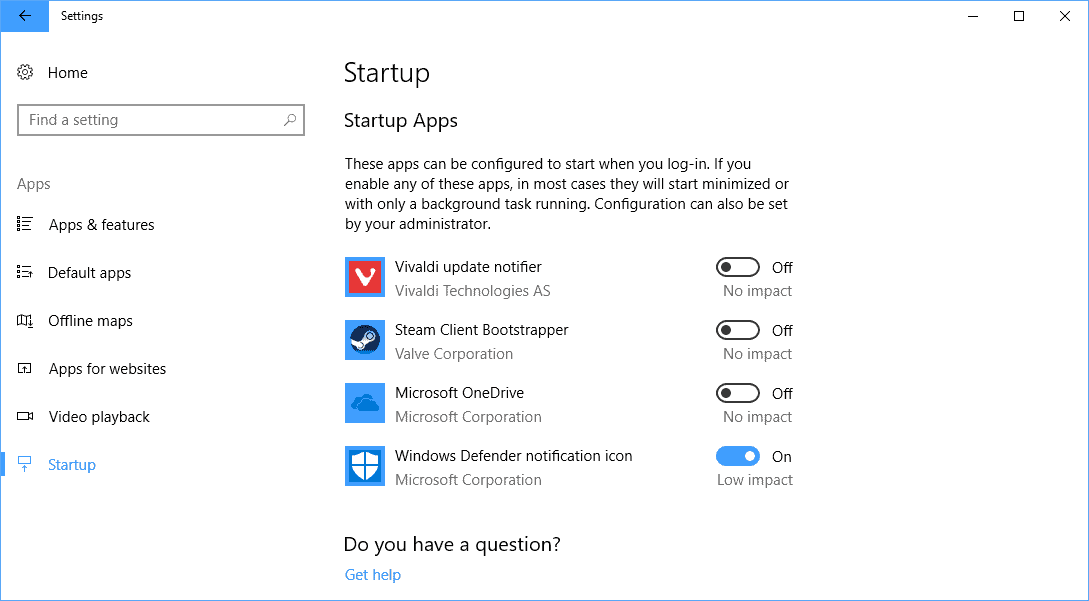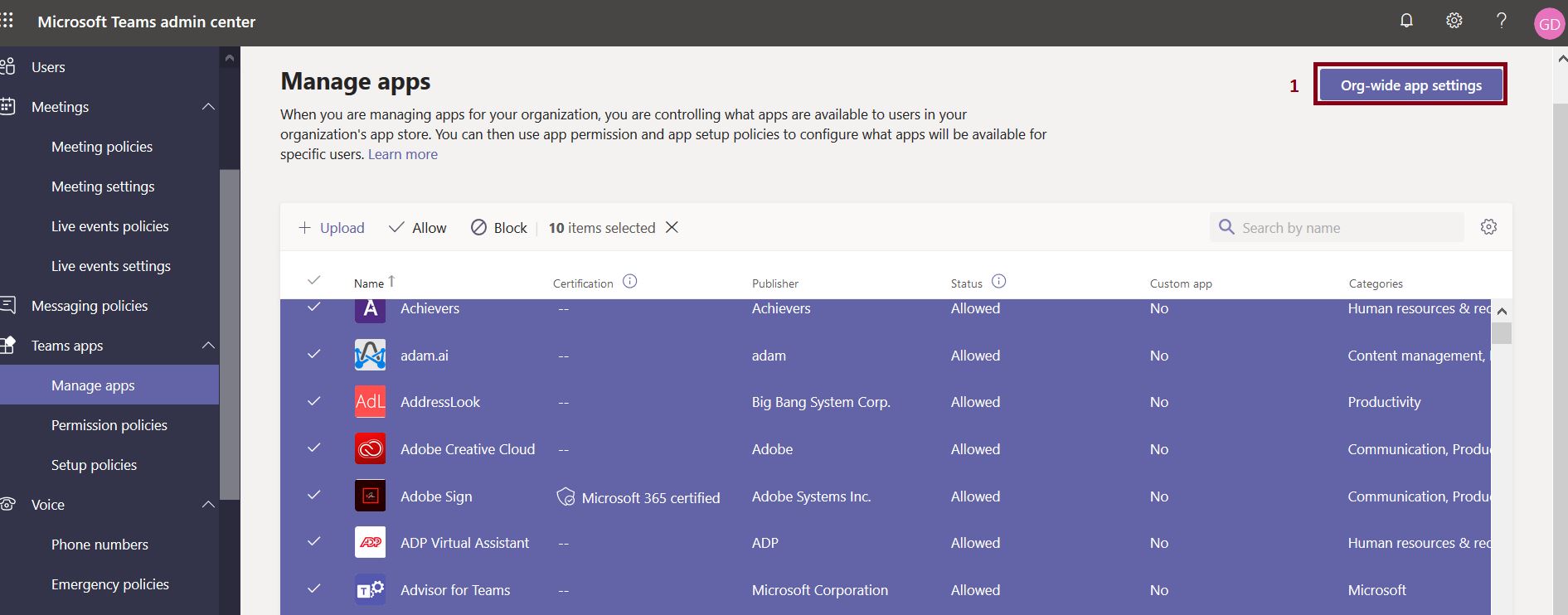

→ In our case, we will select Privacy – Camera Usage Description. Select which permission you would like from the options as a key.You may achieve this in two ways choose which suits you. Update the ist with wanted permissions usage descriptions.you may also import just the functions or constants that you will use from this library Import * as permissions from 'react-native-permissions'

Then, be sure you import the library by writing at the top of your file where you’ll handle these permissions: 💡 To start, make sure you add this library to the project: $ npm install -save react-native-permissions Let’s assume we want to ask for camera permission. Luckily, there is a popular third-party library we can use: Mathieu Acthernoene’s react-native-permissions library. Unfortunately, React Native doesn’t support getting permissions. In this article, we are going to dive into permissions and how we can get permissions in React Native by using zoontek’s react-native-permissions library. What if we are developing a photo editing application? The solution is simple: we need to get their permission to access their data. But what if the user denies it? As you may guess, you can’t provide that feature. To be able to present your application fully, your users have to give permission. You are familiar with these alerts, right? Let’s check on Facebook to see an example of camera permission. We need to respect user privacy by seeking permission to capture and store photos, audio, and video. When you are developing a mobile application with advanced features, you will most likely need to get permission from the user.Īpplications should not be able to directly access the user’s camera, microphone, location, and so on in order to protect the user. Experienced in React Native, learning iOS and game development these days. If you ever need this App again, you will have to connect it again from the App Store.İrem Karaoğlu Follow Mobile App Developer. your App won't be able to read, edit or delete data in your PIM.you will no longer be able to follow its data flows from the Data flows dashboard,.Again, click on Delete.Īs a result, your App will be deleted from your PIM.

If you connected an App you don't want to use anymore, you can delete it. If your user doesn't have these permissions, the fields related to permission will be blocked. The PIM uses the following role permissions to manage who can grant permission to an App: If you want to know more about App permissions, please read this section of our documentation: How to give permissions to your App? #Who can manage App permissions? If you choose this option, the Data flows dashboard will focus on this App's data pushed into the PIM. For example, select this option if the connected App mainly creates or updates PIM data, such as products, product models, assets, or reference entities. #The Data source flow typeĬhoose this option for your App whenever it represents a data flow entering the PIM. To enable App monitoring, make sure you update their flow type by choosing the Data source or the Data destination option. The Other flow type is the default value for all connected Apps, so there is no App monitoring for your connected Apps. This flow type has three available options described in the following sections. It will determine how your App flows are monitored in the data flows dashboard. More precisely, it allows you to indicate the direction of a given flow. The flow type allows you to characterize the data flows interacting with your PIM. You can define a "flow type" after you connect an App. To access the connected App settings, click on Manage app in the Connected Apps menu. To do so, click on Agree and you will be automatically redirected to the App. When you open an App, Akeneo PIM may ask you to agree to share some of your user information to directly authenticate you on the App. The App interface will open in a new tab of your navigator. To open a connected App interface, click on Open app in the Connected Apps menu. If you can't update user roles, please ask your administrator.


 0 kommentar(er)
0 kommentar(er)
